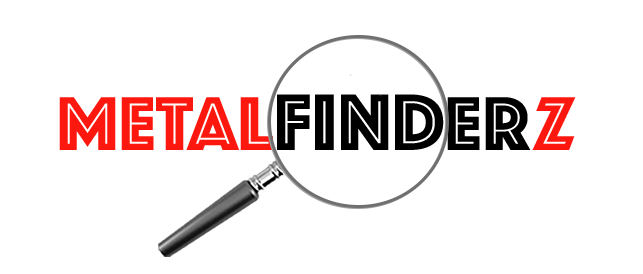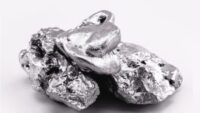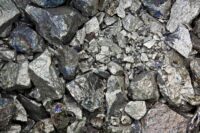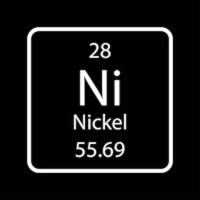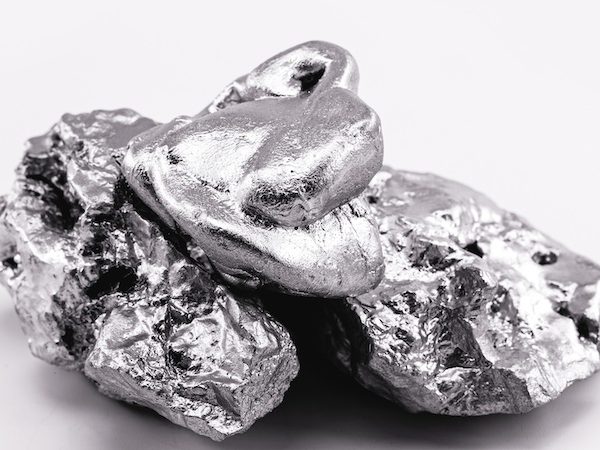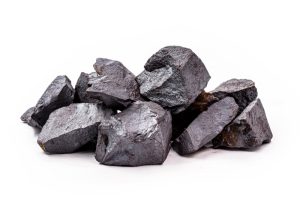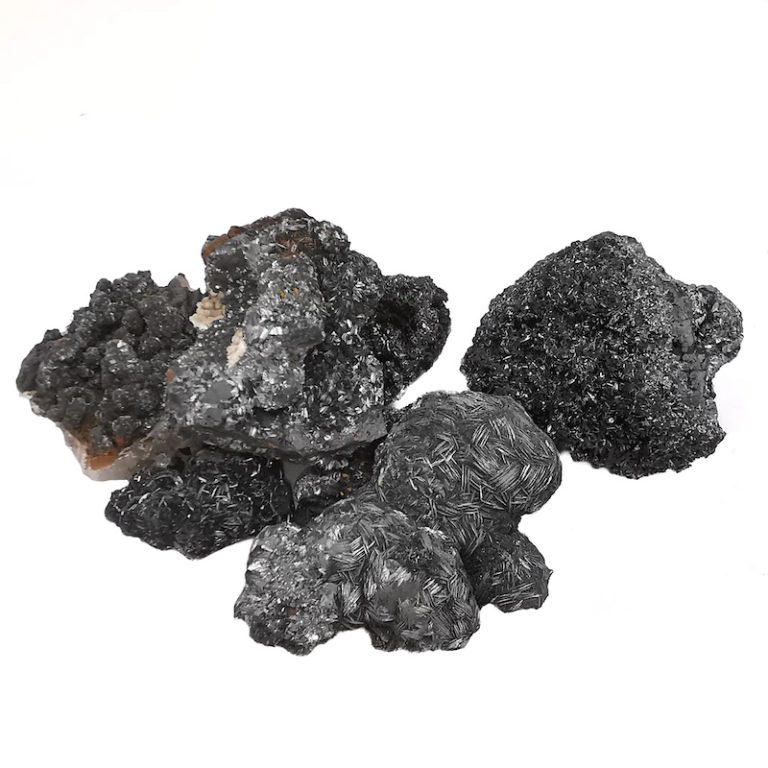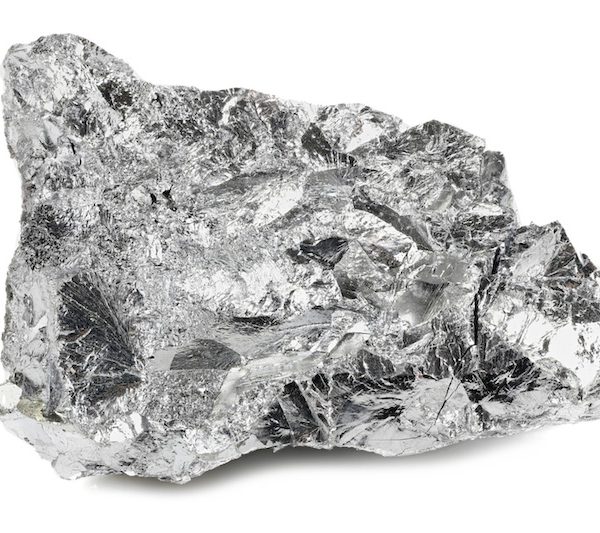Nickel: The Lustrous Guardian of Corrosion Resistance
Nickel, a silvery-white metal with a magnetic personality, plays a crucial role in our modern world. From protecting steel structures to powering batteries and fueling diverse industrial applications, nickel offers invaluable properties for countless sectors. Let’s explore the intricacies of the nickel market, delving into its sources, applications, and key considerations for international traders and buyers.
Description:
Nickel primarily exists in nickel sulfide ore, commonly known as pentlandite or garnierite. Extracting the metal involves a multi-step process, including mining, crushing, milling, flotation, and either pyrometallurgical or hydrometallurgical methods. Nickel content in ore varies significantly, influencing processing costs and overall yield.
Key Source Countries:
- Indonesia: The world’s leading producer, boasting vast nickel reserves and established mining operations. Over 23% of global nickel production originates from Indonesia.
- Philippines: Second-largest producer, contributing around 12% of global output. Key production regions include Palawan and Surigao del Norte.
- Russia: Holds approximately 10% of the global market share, with major production areas like Norilsk and Murmansk.
- Canada: Significant producer, accounting for over 8% of global output. Sudbury and Voisey’s Bay hold extensive nickel deposits.
- Other notable producers: New Caledonia, Australia, China, Brazil, and South Africa contribute to the remaining global production.
World Output Volumes:
Global nickel production reached approximately 2.7 million tonnes in 2023, showcasing steady growth over the past decade.
Indonesia and the Philippines continue to expand their operations,while other major producers explore new projects. Fluctuations in demand and supply dynamics, particularly from Indonesia, can cause price volatility.
Major Producers and Market Share:
- MMG Limited: The world’s largest producer, controlling roughly 10% of the global market. Operates extensive mines in Australia and Indonesia.
- Norilsk Nickel: Russian mining giant, accounting for around 8% of global output. Renowned for its integrated production chain and vast nickel reserves.
- Vale: Brazilian company with significant nickel production in Indonesia and Canada, holding approximately 7% of the global market share.
- BHP Billiton: Australian mining giant, contributing around 6% of global nickel production. Focuses on high-grade nickel deposits and efficient extraction methods.
- Other major producers: Glencore, Sumitomo Metal Mining, Eramet, Sherritt International, and numerous smaller players contribute to the remaining market share.
Forms of Trade:
Nickel is primarily traded in two forms:
- Nickel ingots: Large, refined blocks of pure nickel (over 99.5% nickel content). Used as raw material for downstream processing into various products.
- Nickel alloys: Nickel combined with other metals like chromium, iron, or copper for enhanced strength, corrosion resistance, or specific properties. Used in stainless steel, superalloys, and other applications.
Price Trends (Past 5 Years):
Nickel prices have experienced significant fluctuations over the past five years:
• 2019: Prices hovered around $13,800 per tonne due to a balanced supply and demand.
- 2020: Pandemic disruptions caused a decrease to around $11,000 per tonne before recovering moderately.
- 2021: Surging demand for stainless steel and electric vehicle batteries, coupled with supply chain disruptions, pushed prices to over $28,000 per tonne.
- 2022: Prices corrected downwards to around $25,000 per tonne due to concerns about slowing global growth and rising energy costs.
- 2023: Prices maintained some volatility, ranging between $23,000 and $28,000 per tonne, influenced by geopolitical tensions and the pace of electric vehicle adoption.
Major Importing Countries:
- China: While being the leading producer, China also imports significant volumes of nickel (around 15% of its consumption) to meet its growing domestic demand for stainless steel and battery production.
- Japan: Major importer, primarily reliant on Indonesia and the Philippines for its nickel supply.
- United States: Significant importer, focusing on refined nickel products for various industrial applications.
- South Korea: Major importer, driven by demand in the stainless steel and electronics sectors.
- European Union: Collectively a significant importer, relying on diverse sources for its nickel consumption.
Major Exporting Countries:
- Indonesia: Dominant exporter, accounting for approximately 30% of global nickel exports.
- Philippines: Significant exporter, contributing around 20% of global nickel trade.
- Russia: Exports around 15%
Considerations for International Traders and Buyers of Nickel:
Navigating the nickel market requires careful consideration of various factors due to its diverse applications and crucial role in industries like stainless steel and electric vehicles. Here are some key points for international traders and buyers:
Demand Fluctuations:
- Stainless steel: Monitor trends in construction and infrastructure projects, key drivers of stainless steel demand and consequently nickel consumption.
- Electric vehicles: Stay informed about the evolving electric vehicle market and battery technologies, particularly the potential shift towards high-nickel batteries.
- Geopolitical tensions: Be aware of potential disruptions in major producing countries like Indonesia or Russia, which can significantly impact supply and prices.
Supply Chain Risks:
- Environmental regulations: Stringent regulations on mining and processing can affect production costs and potential supply disruptions.
- Infrastructure limitations: Inadequate transportation infrastructure in some regions can hinder efficient export capabilities.
- Ethical sourcing: Prioritize responsible sourcing practices and ensure your suppliers adhere to relevant sustainability standards.
Quality Variations:
- Nickel content: Understand the exact percentage of nickel (typically ranging from 99.5% to 99.9%) to ensure it meets downstream processing requirements.
- Impurities: Analyze the presence of impurities like iron, cobalt, and sulfur, as they can influence the metal’s suitability for specific applications.
- Form and specification: Choose between nickel ingots, powders, briquettes, or specific alloy compositions depending on your end-use needs.
Price Volatility:
- Hedging strategies: Employ hedging instruments like options and futures contracts to mitigate price fluctuations, especially for long-term projects.
- Market analysis: Track key economic indicators and industry trends to anticipate potential price movements.
- Cost flexibility: Factor in potential price volatility when calculating project costs and margins.
Logistics and Transportation:
- Shipping routes: Evaluate different shipping routes based on cost, timeliness, and reliability, considering nickel’s classification as a hazardous material.
- Container availability: Anticipate and address potential container shortages, especially during peak seasons.
- Import duties and regulations: Be aware of import duties and customs regulations in the destination country, including potential environmental or ethical sourcing certifications.
Financing Options:
- Trade finance: Explore trade finance instruments like letters of credit to secure transactions and manage payment risks.
- Commodity financing: Consider specialized financing solutions designed for commodity trade, potentially offering competitive rates and flexible terms.
- Payment terms: Negotiate favorable payment terms with suppliers, balancing risk mitigation with cash flow needs.
Sustainability Concerns:
- Responsible sourcing: Choose suppliers adhering to ethical mining practices and environmental regulations.
- Conflict minerals: Be aware of conflict mineral regulations and ensure your sourcing aligns with responsible practices.
- Battery recycling: Explore the potential for recycled nickel from spent batteries, a growing trend in the electric vehicle industry.
Emerging Technologies:
• Direct extraction: Stay informed about advancements in direct extraction technologies that could disrupt traditional mining methods and impact supply dynamics.
• Alternative battery chemistries: Monitor the development of alternative battery chemistries that might reduce dependence
on high-nickel content batteries.
By understanding these considerations and conducting thorough research, international traders and buyers can navigate the complexities of the nickel market with greater confidence. Adapting to evolving demand patterns, mitigating supply chain risks, and prioritizing responsible sourcing are crucial for success in this dynamic and globally significant metal sector. Remember, staying informed about emerging technologies and their potential impact on the market can provide valuable insights for future-proofing your
trading strategies.
